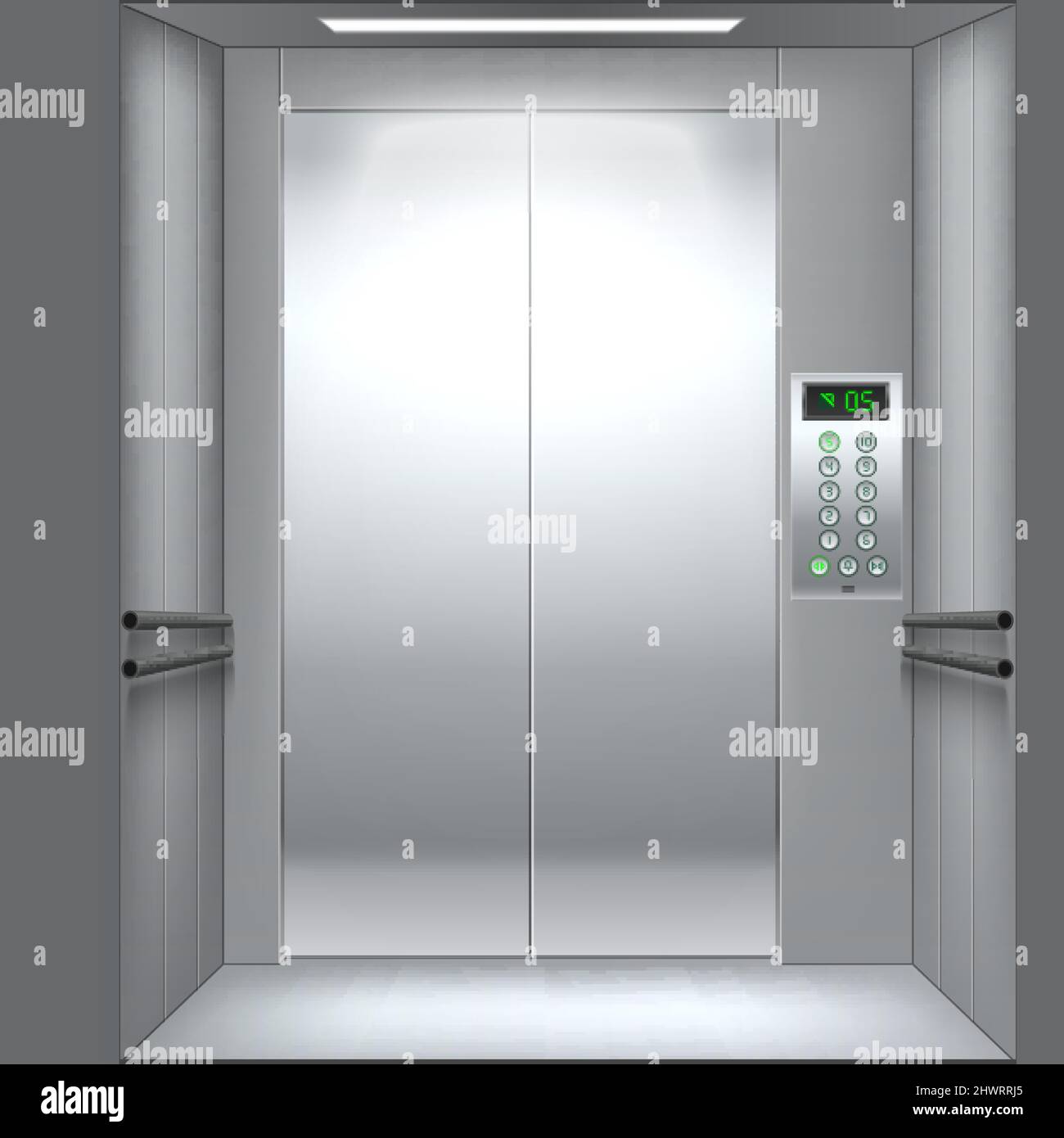London Lift Company: Giving Comprehensive Lift Solutions Throughout the Funding
London Lift Company: Giving Comprehensive Lift Solutions Throughout the Funding
Blog Article
Looking Into the World of Elevators: Typical Problems Encountered by Different Lift Devices
As we browse through the upright transportation systems of modern buildings, lifts stand out as an important element of our daily lives. From hydraulic elevators to grip systems and machine-room-less designs, each lift type comes with its collection of typical concerns.
Hydraulic Lifts
Hydraulic lifts, usually preferred for low-rise buildings, use fluid pressure to manage the activity of the lift vehicle (lift repair companies). This mechanism includes a hydraulic pump pressing oil into a cyndrical tube, creating the elevator to relocate the desired instructions. While hydraulic elevators are recognized for their quiet and smooth operation, they do include their very own collection of common concerns
One widespread trouble with hydraulic elevators is oil leak. In addition, problems with the control system, such as defective valves or a malfunctioning pump, can cause disturbances in the lift's movement.
Routine upkeep and timely fixings are important to make sure the smooth functioning of hydraulic lifts. By addressing these usual concerns proactively, structure proprietors can lessen downtime and ensure the security and effectiveness of their vertical transportation system.
Grip Lifts
When considering vertical transportation systems in structures, one more usual kind besides hydraulic elevators is the grip elevator. Grip lifts run using a system of ropes and counterweights that relocate the elevator auto by gripping onto the hoist ropes. This mechanism enables smoother and quicker vertical transport contrasted to hydraulic systems.
One of the typical issues faced by grip elevators is rope wear. The constant movement of the ropes within the traction system can bring about tear and wear gradually, possibly triggering the lift to breakdown or come to be harmful for use. Routine inspections and upkeep of the ropes are essential to guarantee the lift's proper performance and safety.
Another issue that grip lifts might experience is connected to the control system. Troubles with the control system can cause problems such as unpredictable activity, delays in reaction times, or perhaps complete shutdowns. Routine testing and maintenance of the control system are vital to avoid such issues and guarantee the lift's integrity.
Machine-Room-Less (MRL) Lifts

Among the vital elements of MRL lifts is the portable gearless traction machine that is mounted within the hoistway. This machine successfully drives the lift car without the demand for bulky devices located in typical grip elevators. Additionally, MRL elevators commonly use a weight system to balance the automobile, further enhancing their energy effectiveness.
Regardless of their advantages, MRL elevators might Read Full Report encounter obstacles related to repair and maintenance because of the constrained room for tools setup. Accessibility for servicing parts within the shaft can be restricted, needing specialized training for service technicians. Appropriate maintenance routines and normal evaluations are essential to ensure the ongoing smooth operation of MRL elevators.
Overloading and Weight Restriction Issues
Are elevators geared up to manage excess weight loads efficiently and securely? Overwhelming and weight limitation problems are important problems in lift procedures. Elevator suppliers design lifts with this article details weight abilities to make sure traveler safety and equipment long life. Going beyond these weight limits can lead to different troubles, including mechanical failings, delays, and safety and security dangers.
When lifts are overloaded, it places excessive pressure on the motor, wires, and other parts, possibly causing breakdowns or failures. Safety mechanisms such as sensing units and overload sensors remain in area to avoid lifts from relocating if they find excess weight. Furthermore, going beyond weight limits can bring about raised power consumption and deterioration on the lift system.
To reduce overwhelming problems, developing supervisors need to prominently show weight limits in elevators and enlighten occupants on the relevance of adhering to these limitations - lift repair companies. Regular maintenance checks by qualified professionals can additionally aid ensure that lifts are running within secure weight parameters. By addressing overloading and weight limit problems proactively, structure proprietors can improve elevator safety and efficiency
Electric System Failings
Surpassing weight limits in elevators can not just lead to mechanical concerns however additionally potentially add to electric system failings within the lift framework. Electric system failings are a crucial issue in useful content elevator procedure, as they can cause unanticipated shutdowns, breakdowns, or also security dangers. One typical electrical issue is the overheating of components due to excessive present flow brought on by straining the lift beyond its capability. This can cause harm to the electric motor, control, or electrical wiring systems, resulting in costly repair work and downtime.
Routine upkeep and evaluations are vital to determine and deal with potential electrical issues immediately, guaranteeing the secure and reliable operation of lift systems. By adhering to weight restrictions and performing regular electric system checks, structure proprietors can reduce the threat of electric failings in elevators.
Conclusion

Hydraulic lifts, often chosen for low-rise buildings, make use of fluid pressure to regulate the motion of the lift automobile.When considering upright transport systems in buildings, an additional common kind aside from hydraulic elevators is the grip elevator. Grip lifts operate using a system of ropes and weights that move the elevator auto by grasping onto the hoist ropes. Unlike typical elevators that call for a separate device area to house the devices, MRL elevators integrate many of the components within the shaft, getting rid of the requirement for a committed device area.In conclusion, lifts encounter common problems such as hydraulic breakdowns, grip system failures, and electrical system troubles.
Report this page